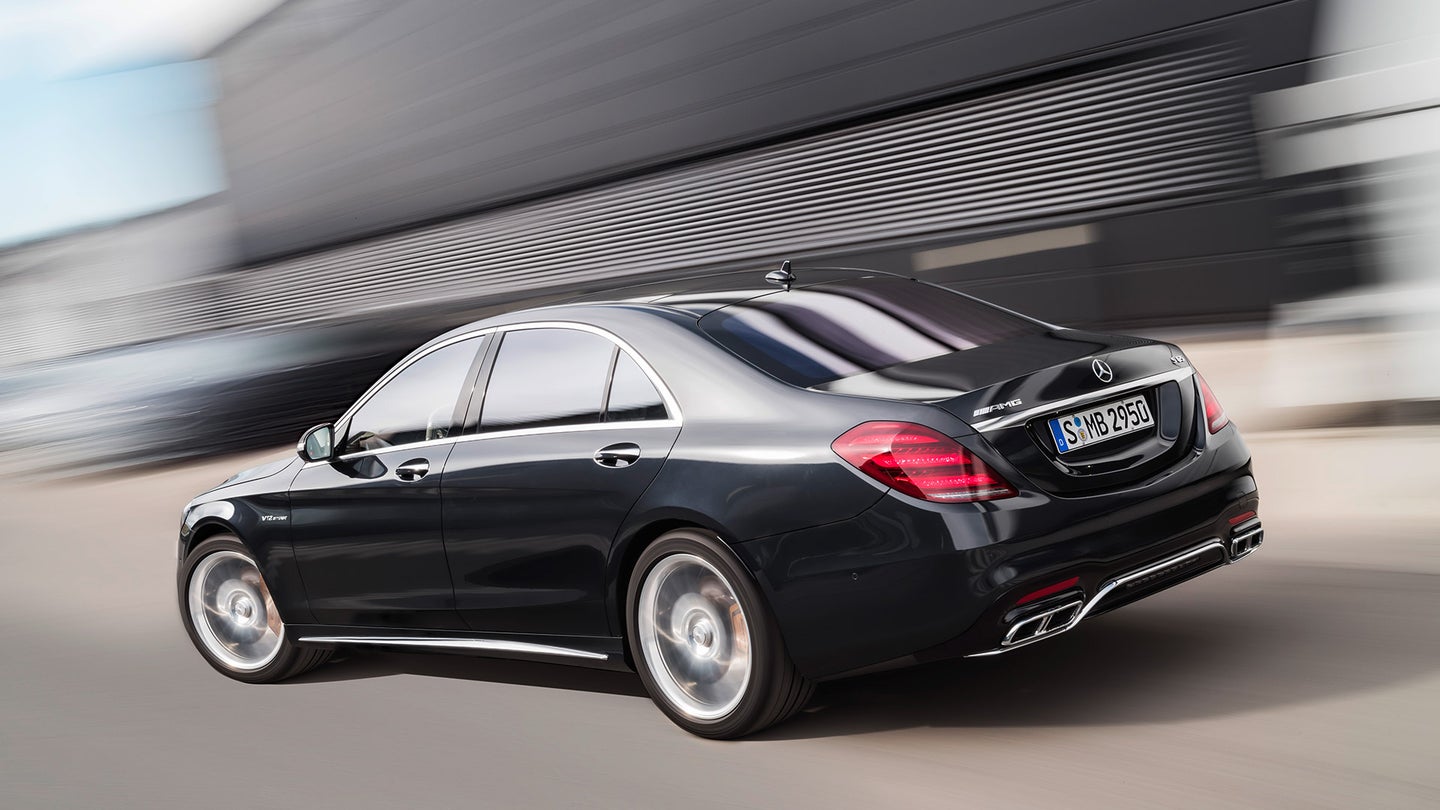Mercedes-Benz’s 2-Pronged Self-Driving Car Strategy: Robo-Taxis, Semi-Autonomous S-Classes
The German carmaker sees two roads leading to our autonomous future…and intends to take both of them.

Most people in the automotive world are in agreement when it comes to the future of cars: Sooner or later, they'll be able to drive themselves. But there's a fair degree of disagreement about just how we'll reach that point. Some companies envision a steady progression up the SAE's autonomy scale; others, like Ford, believe we'd be better off skipping over the intermediate steps and going straight to blown self-driving pods.
Mercedes-Benz, however, sees the value in bridging the gap between those approaches, according to Ola Kallenius, Mercedes-Benz Cars divisional board member and longtime executive. As such, the carmaker's autonomous vehicle plans involve a two-pronged approach: Continue to develop the advanced driving assistance features found on the carmaker's current models, while simultaneously pursuing more advanced forms of self-driving vehicles for ride-sharing and ride-hailing use.
The first part of that involves pushing the technologies already in use into the realm of Level 3 autonomous driving. "In general terms, you can say that Level 3 is a system where you can let the car drive and look the other way and you are not responsible for a certain use case—but not all the time," Kallenius said.
The S-Class in its latest form, he said, is an advanced Level 2 vehicle—he described it as "Level 2 plus, Level 2 plus plus." Indeed, the biggest hurdle to the next level of autonomous driving isn't the technology, he said—if they pulled the restrictions off the new S-Class, it could be a Level 3 car. The problem lies in the ambiguous web of governmental regulations across the globe.
"When the regulatory environment is clear, and when we feel it is absolutely safe," Mercedes will roll out Level 3 production cars. "And that is not that far away."
Further down the road, he said, lie vehicles packing greater levels of autonomy. "In parallel, you have the Level 4, Level 5 effort going," he said. "The most obvious use case for that in the beginning is a robot taxi."
Developing such technology in the form of a robo-cab, Kallenius said, allows a carmaker to offset some of the phenomenal costs of the project—"tens of thousands of dollars" of sensors and computers per vehicle, as he put it.
"So where do you have a business case for that? You have it in a robot taxi scenario, where you can take a city or a part of a city and say okay, I'm gonna put 100, 200, 300, 1,000 robo-taxis in this area, because the amortization comes through not paying the driver," he said.
So robo-taxis, Kallenius said, will come first for Mercedes-Benz, adding that the carmaker plans to roll that out between 2020 and 2025. Those vehicles will operate in parallel with consumer cars capable of driving themselves on the freeway—a sort of advanced Level 3 "Highway Pilot," as he put it.
"And eventually," he said, "the technologies come together. And they come together at the point where, through economies of scale and clever engineering, have brought the costs down to a point where it can be an attractive option. So when you buy your new S-Class, you can tick the 'Computer Driver' option."
"That is our vision," Kallenius said. "We want to be able to offer that. But that is a few years more down the road."
